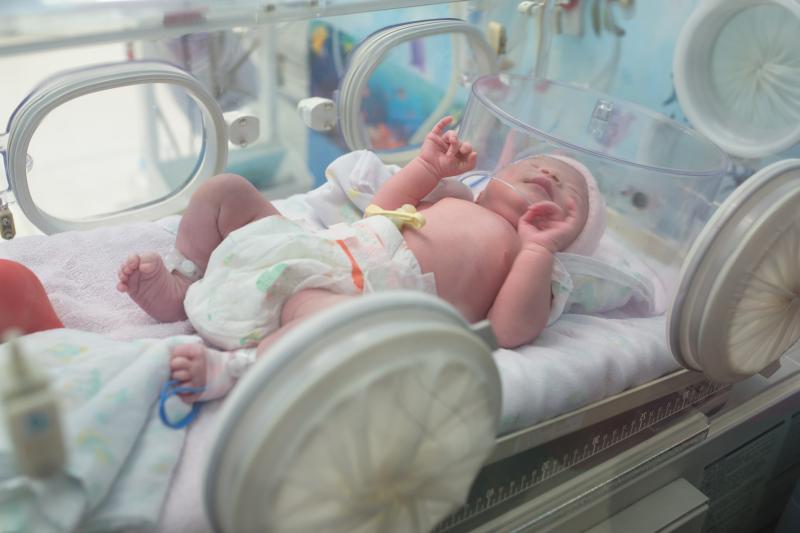
Home use of oxygen does not appear to amplify the risk of readmission for preterm infants with bronchopulmonary dysplasia (BPD), a recent study has shown.
The study included 3,574 preterm infants born <32 weeks of gestation. All participants had been diagnosed with BPD, and those with anomalies or tracheostomies were excluded. The primary outcome of interest was readmission by 1 year of corrected age. Readmission duration and mortality were set as secondary outcomes.
More than half of the participants were discharged with home oxygen and 34 percent (n=1,223) needed to be readmitted to a hospital by 1 year of corrected age. Factors associated with readmission included earlier gestational age, more ventilator days, BPD severity, patent ductus arteriosus ligation and having a gastrostomy tube, among others.
Multivariable analysis found that while home oxygen use was a potential risk factor for readmission, it failed to reach statistical significance (odds ratio [OR], 1.2, 95 percent confidence interval [CI], 0.98–1.56; p=0.074). It was also unrelated to the secondary outcome of total readmission days (OR, 1.0, 95 percent CI, 0.82–1.18; p=0.871).
“Despite significant variation across children’s hospitals in the use of home oxygen, we found no association between center use of home oxygen and readmission risk; however, readmissions for infants discharged with home oxygen were more likely to be coded as BPD without differences in other respiratory, infectious or cardiovascular codes,” researchers said.